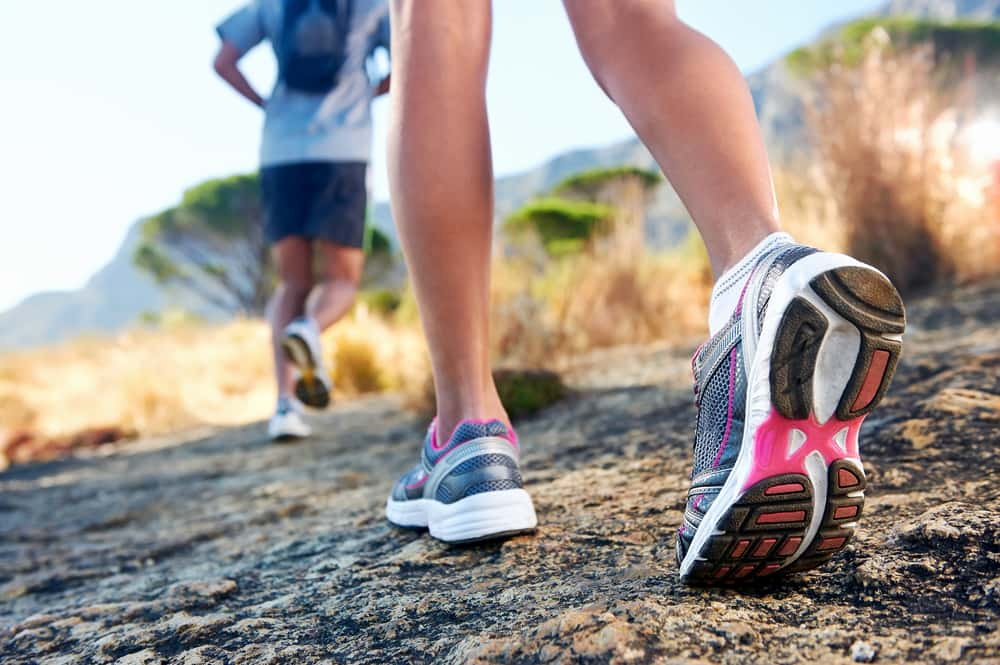This truism applies even more to patients with venous disease than to healthy people. Sports in particular that use the leg muscles support the venous system in its most important function: the transport of blood back to the heart. The muscle pump that drives the venous blood in the legs towards the heart is activated by the contractions of the muscles – even when sitting and standing and thus against gravity. Exercising regularly also helps to maintain a normal body weight and to reduce any excess kilos. Obesity can promote both the development and the progression of phlebological diseases such as lipedema, deep vein thrombosis or chronic venous insufficiency.

These Sports Help Prevent Veins
Swimming
Whether swimming, aqua aerobics or aqua jogging- all sports in which the legs are moved underwater are ideal for the lymphatic and venous system. The prevailing water pressure there reduces the diameter of the venous blood vessels and thus has the same effect as compression therapy. In addition, the vein walls contract due to the relatively cool water in relation to body temperature. All of this supports the outflow of blood and relieves the veins. The pressure of the water also stimulates the lymph flow and the associated removal of fluid deposits in the tissue. People with such edema in their legs often notice this when they have to go to the restroom after ten to 15 minutes in the pool.
Walking
Hiking, walking or Nordic walking with sticks, light jogging, inline skating with and without sticks, dancing, aerobics, fitness training on cardio machines such as the stepper or the cross trainer – there is also a multitude of “vein-friendly” sports to choose from outside the water. What they have in common is that the muscles in the legs, and especially the calf muscles, contract evenly and rhythmically. The same applies to cycling. In order to prevent the veins in the groin and stomach area from kinking too much and thereby obstructing the flow of blood, the sitting posture should be as upright as possible. Or to put it another way: the Dutch bike is better suited for vein patients than the racing bike. If snow and ice stand in the way of the bike tour, there are suitable alternatives for winter with cross-country skiing and snowshoeing. Gymnastics is completely independent of the weather and is also suitable for a short exercise session in between. Our vein training shows you some small exercises that can also be incorporated into everyday life.
Be Careful With Ball Sports
Because of the comparatively high risk of injury for patients with venous diseases, sports such as tennis, handball or squash, which have to be stopped suddenly while running, are less suitable. Football and the kicks in the calf that are often associated with it, as well as the pressure and bumps of the ski boots on the lower leg during alpine skiing, carry a certain risk of injuring the venous valves that are important for venous function. Sports associated with long periods of sitting, such as canoeing, are unfavorable because the bent legs hinder the outflow of blood in the veins. Experts advise against weightlifting and other intense weight training in case of venous disorders. The resulting very high pressure in the abdomen literally pushes the venous blood back into the legs.
